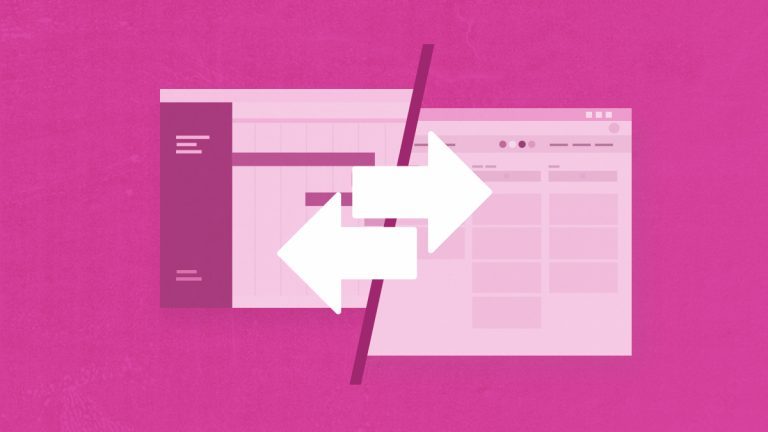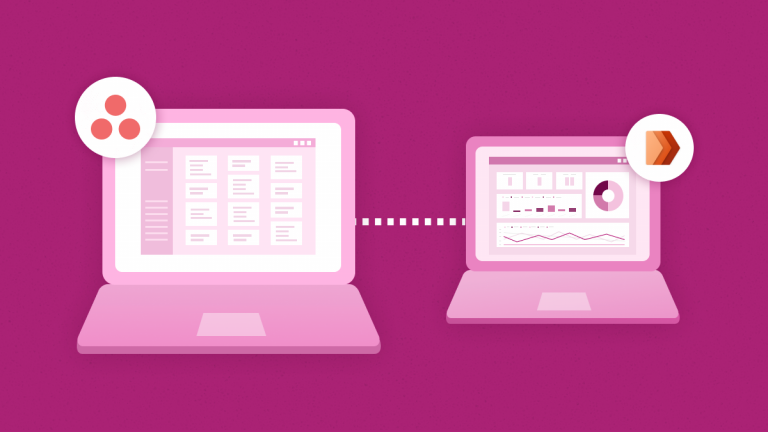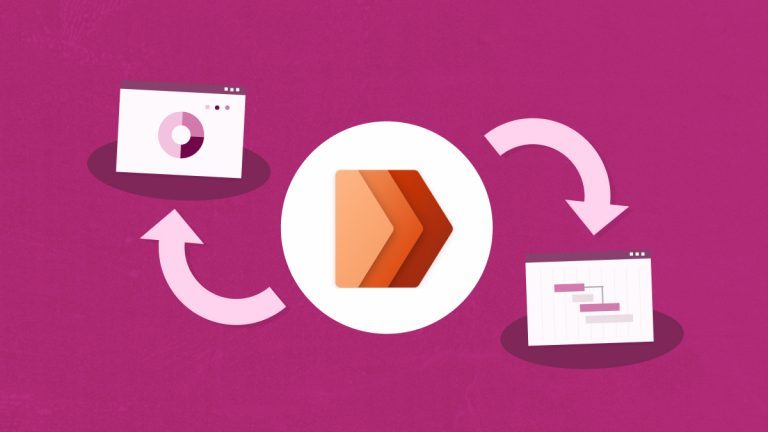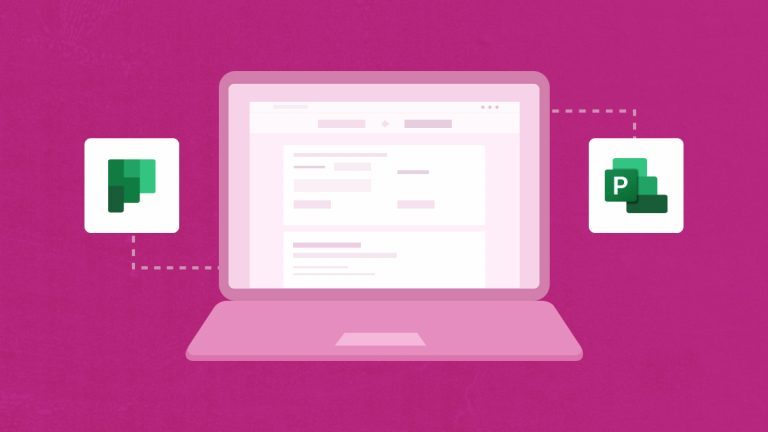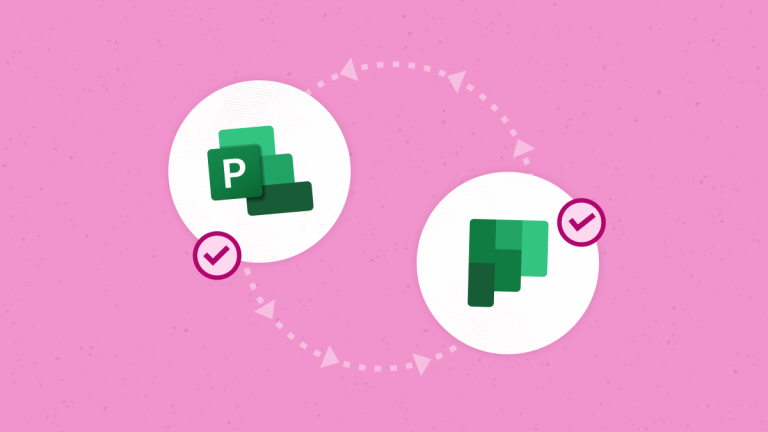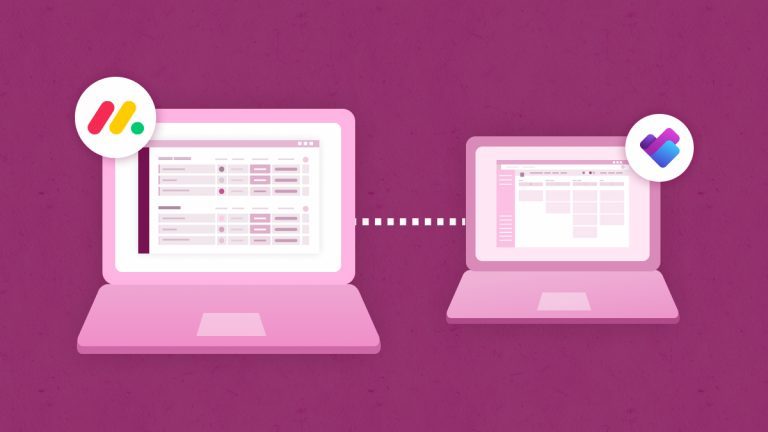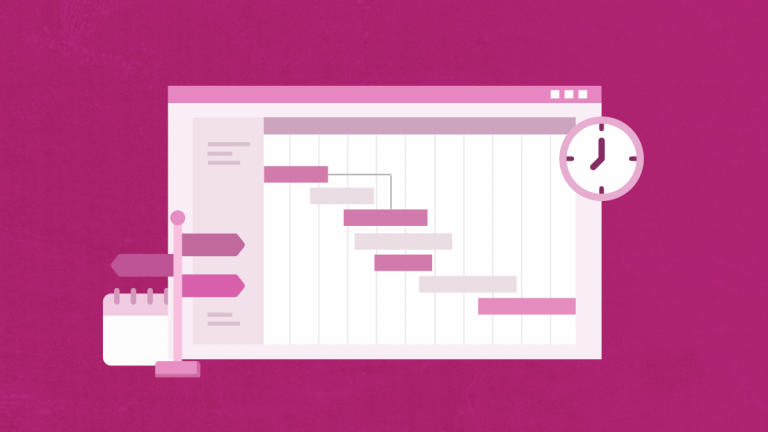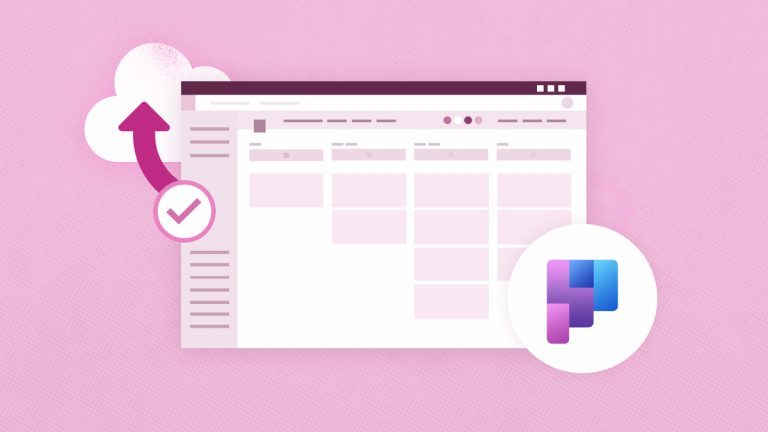
Elena Humeniuk
PPM Consultant
What is Microsoft Planner?
Microsoft Planner is a team-based work management software for creating plans, organizing and assigning tasks, file-sharing, work-based chats, and progress updates. It’s a simple Kanban-based project management tool to manage and schedule your project activities.
Microsoft Planner’s Major Features
The major features of Microsoft Planner are as follows:
1) Interface: It has an easy-to-use Kanban-based interface that anyone can master, including beginner-level users. Using this interface, you can store each project as a card and move around items.
2) Groups: Once you create a plan, you can easily add team members to the space and your project group, where they can start working on tasks.
3) Buckets: Buckets are categories in MS Planner. You can use them to categorize your cards and add a layer of organization to your dashboard. They can also be used as makeshift statuses.
4) Collaboration: MS Planner is quite advanced for team collaboration and provides features like comments.
5) Charts: This feature lets you get a clear overview of the progress of your project.
Limitations of Microsoft Planner
1) One view for all: MS Planner provides only one view, i.e., the Kanban view (based on cards). Not everyone is comfortable with this Office 365 Kanban board view. In addition, it may not provide the chance to present the required information meaningfully.
2) No Project Timeline: Kanban-based tools are known for simplicity, and MS Planner is no different. It can give you a neat overview of tasks but does not provide you with any Gantt chart or timeline view. This can make it challenging to monitor timelines properly.
This limitation is most evident when comparing Microsoft Planner with Project and explains why MS Planner cannot handle complex project management. You can always opt for MS Project, a known Microsoft Planner alternative, as an enterprise solution.
3) Notifications: You can generate notifications in Microsoft Planner, but it has limitations when notifying individuals. For example, there is no way to assign tasks individually without sending a notification to the entire team.
4) Task Priority: MS Planner also lacks the functionality of prioritizing tasks and sub-tasks.
5) No Critical Path: It does not provide any feature to calculate the critical path due to a lack of timeline and task priority.
Alternatives to Microsoft Planner
Using MS Planner, you miss out on valuable project management features that can help you keep track of your project dependencies and ensure you meet your deadline. In this regard, you can use the following project management tools and software, which are alternatives to Office 365 Microsoft Planner.
Microsoft Project for the Web
Microsoft Project for the web is a known Microsoft Planner alternative that can be utilized when you want to manage projects with medium complexity. Project for the web is a cloud-based app that allows you to easily create and collaborate on projects, whether you’re a project manager. It has more views compared to MS Planner. You can use three views of Microsoft Project for multiple planning options: Grid for data, Board for Kanban-style planning, and Timeline for a Gantt view to show which tasks depend on each other. It also addresses the challenge of the timeline view.
Trello
Selecting Microsoft Planner or Trello based on their functionalities is tricky as both are famous for their card and board functionality. Trello Boards function as projects, and the cards reside within each board. It also allows you to add details, create a task list, and share files onto the card.
The main difference is selecting a task and sharing it with the team. In Trello, you can group the tasks accordingly, and it’s easy to choose and share them publicly with your team. This is an excellent feature for communicating with clients or other vendors.
Read the Microsoft Planner vs Trello article to learn more about their differences
Asana
Asana is another popular Microsoft Planner alternative. It makes task management simple, and as far as project management software goes, it’s pretty robust. Some of Asana’s best features include subtask creation, task delegation, comprehensive comments-related features, and notes. It also provides multiple viewing styles (e.g., Calendar, Kanban Board, Timeline) so you can select whichever best suits your project. Asana does not have some of the more advanced features that Microsoft Planner has, such as task groups and swim lanes, but the Microsoft Planner suite also lacks some essential features, such as subtasks.
Learn more about Asana vs Microsoft Planner by reading our blog
Monday.com
Another Microsoft Planner alternative is Monday.com, a task management tool with an innovative, easy-to-use interface comprised of workspaces, teams, boards, items, and subitems. Flexible columns accommodate data types: status, text, people, timeline, dates, tags, numbers, etc.
Once you have entered your data, you can quickly transform it into different views with a simple point-and-click. Team members can choose how they work best—Gantt charts, Kanban boards, timelines, calendars—while tapping into comparable data updated in real-time.
Monday.com colorful platform and a vast tutorial library make it an excellent tool for beginners and experts alike.
Read our Monday.com vs Microsoft Planner comparison for more information
Conclusion
Microsoft Planner is a fantastic addition to the Office 365 Suite. However, it is far from perfect and may even be unsuitable for complex projects. You can choose any project management tools mentioned above if more complex functionality is required.
Find out how to automatically migrate
from Microsoft Planner to a new project management tool

